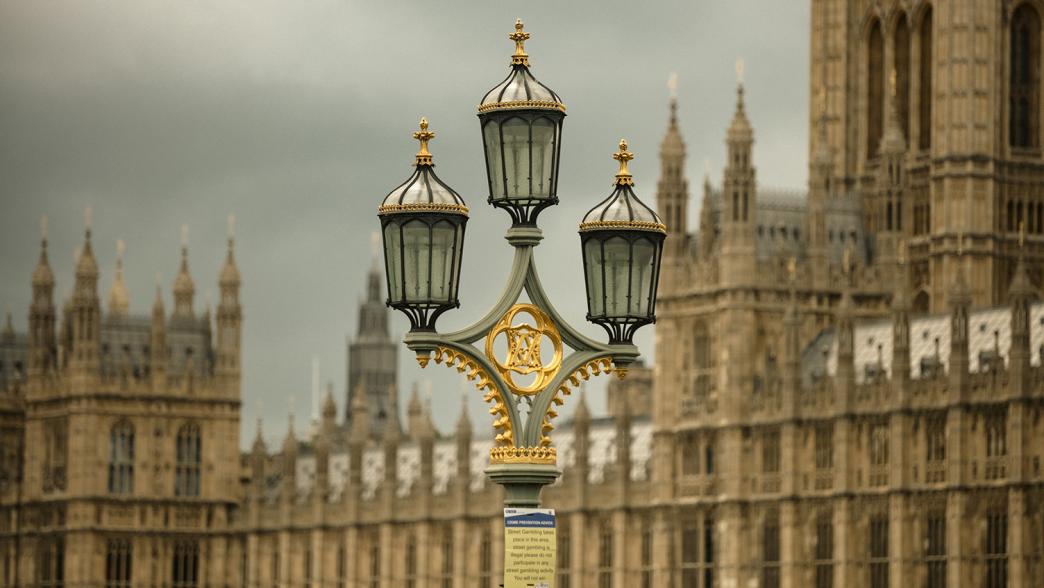Prorogation of parliament: what happens to legislation?
In some circumstances outstanding bills can be carried over into the next parliamentary session. These are referred to as ‘carry-over’ bills.

In some circumstances outstanding bills can be carried over into the next parliamentary session. These are referred to as ‘carry-over’ bills.
What are carry-over bills?
Prorogation signals the end of a parliamentary session and brings nearly all parliamentary business – including most bills and all motions and parliamentary questions – to a halt. However, in some circumstances it is possible for outstanding bills to be carried over into the next parliamentary session. These are referred to as ‘carry-over’ bills.
Public bills – legislation which applies to the general public and are the most common type of bill passed by parliament – cannot be carried over if parliament is dissolved, as occurs before a general election. This reflects the constitutional principle that one parliament cannot bind its successor.
Why are bills carried over?
If bills are not carried over, they either must be abandoned or reintroduced from scratch in the next parliamentary session.
Carrying over bills can prevent any parliamentary scrutiny that has already taken place from going to waste, and reduces the amount of valuable parliamentary time taken up by reintroducing legislation in the next parliamentary session.
What bills can be carried over?
Different rules apply depending on which House the bill is being considered in immediately before prorogation.
In the House of Commons
The procedure for carrying over public bills in the Commons is outlined in Standing Order No. 80A – part of the parliamentary rulebook. This procedure came into place in 2004, prior to which there had been a range of temporary measures to allow bills to be carried over between sessions.
Under the procedure:
- Only government bills that started in the House of Commons can be carried over.
- The decision to try and carry over bills is a political judgement. A government minister must bring forward separate carry over motions for each bill to be carried over. In practice, agreement is usually reached through the ‘usual channels’ (whips from the main parties) before carry-over motions are tabled.
- The Commons must approve each carry-over motion by a simple majority.
- Bills can only be carried over once.
- Carry-over motions expire after 12 months from the first reading of the bill. MPs must pass a further motion if they wish to continue a bill after this time has elapsed.
The most recent bills to be successfully carried over were the Policing and Crime Bill 2016 and the Investigatory Powers Bill 2016, which were both carried over from the 2015–16 to the 2016–17 session.
A separate process applies for carrying over bills subject to ways and means resolutions – such as Finance Bills – outlined in Standing Order No. 80B.
In the House of Lords
No formal rules exist for carrying over bills in the House Lords. However, bills that originated in the Lords or that have been subject to pre-legislative scrutiny (the detailed examination of the early draft of a bill by a select committee) can be carried over on an ad hoc basis.
The eligibility of bills is decided through informal discussions in the usual channels. Bills are then carried over by ad hoc motions approved by a majority of peers.
To date, only two bills have been carried over by the House of Lords: the Constitutional Reform Bill in 2005 and the Trusts (Capital and Income) Bill 2012.
What happens if a bill is carried over?
Bills that are carried over between sessions are reintroduced in the same form in the next parliamentary session, at the same parliamentary stage they were at when parliament was prorogued.
The timing of reintroduction is decided by the government whips.
What happens to secondary legislation when parliament is prorogued?
The government can continue to make negative statutory instruments – a form of secondary legislation that become law as long as neither House objects within a given time period – while parliament is prorogued, but must lay them before parliament at the start of the next session. The 40-day prayer period (the period in which MPs may vote against negative statutory instruments) does not take account of the time parliament is prorogued.
Government motions to approve affirmative statutory instruments fall when parliament is prorogued and must be re-tabled at the start of the next parliamentary session. However, the statutory instruments themselves do not need to be re-tabled.
What happened to legislation when parliament was unlawfully prorogued?
On 9 September 2019, the government purported to prorogue parliament. As several bills – including key Brexit legislation such as the Trade and Agriculture Bills, and domestic legislation like the Domestic Abuse Bill – had not received royal assent or been subject to a carry-over motion, they were understood to have fallen. This means they would have needed to be reintroduced from scratch in the next session.
However, on 24 October 2019, the Supreme Court ruled that the prorogation was unlawful and of no effect. This meant the 2017–19 parliamentary session continued – with bills remaining at the same parliamentary stage as before prorogation. The Speaker also announced that royal assent of the Restoration and Renewal Act – given as part of the prorogation ceremony – would need to be "re-signified", to ensure the Act was valid.
- Keywords
- Parliamentary scrutiny
- Publisher
- Institute for Government